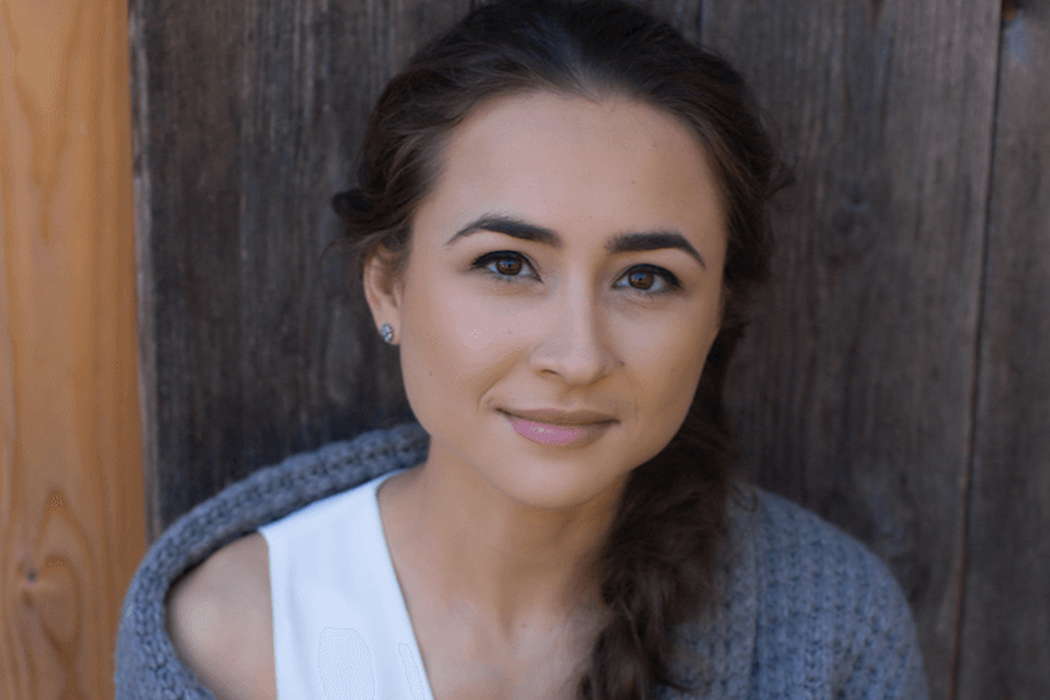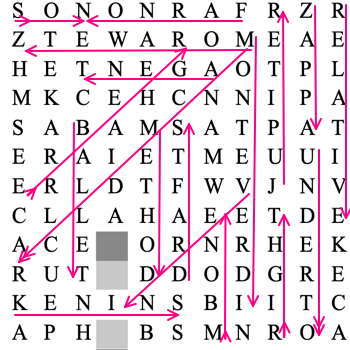- Cleveland
- Kenneth Alwyn Wetherell
- Jewish music and musicians
- world music
- Percy Young
- Immanuel Kant
- Donald Fraser
- Australian Chamber Orchestra
Alert Playing
Anna Tsybuleva plays C P E Bach, Beethoven
and Schubert, impressing MIKE WHEELER
C P E Bach has been on the sidelines for far too long. A composer so highly regarded by Haydn, Mozart and Beethoven has to be worth our attention, so it's been good to see him getting it. Anna Tsybuleva, winner of the 2015 Leeds International Piano Competition, launched her recital - Royal Concert Hall, Nottingham, 10 November 2019 - with his Sonata in A, Wq 55 No 4. Her alert playing in the first movement meshed completely with Bach's quicksilver keyboard figurations, making effective use of a wide dynamic range. The surprise ending is a quiet, slow link to the second movement, where Tsybuleva demonstrated that the composer is capable of sounding expressive depths as great as anything in Haydn or Mozart. The capricious finale was sheer delight.
Beethoven's Sonata in D minor, Op 31 No 2, is one of his most remarkable, and Tsybuleva's performance probed every expressive shade. The opening was breathtakingly soft, and the celebrated central recitative-like passage, where Beethoven asks for the sustaining pedal to produce a resonant effect like a 'voice from a tomb-vault', had a magical stillness, offsetting the impetuosity elsewhere. She gave the lyrical second movement a slow minuet-like feel, while allowing the darker moments, such as the left hand's occasional ominous drumming figure, to leave their mark. Her rather generous rubato occasionally threatened to impede the flow in the finale, but the stormy central passage was vigorous and forthright, in contrast to her gentle handling of the quiet withdrawal at the end.

Anna Tsybuleva. Photo © Vera Greiner
Schubert's Fantasy in C, D 760, known as his 'Wanderer' Fantasy, from his exhaustive use of the rhythmic figure underpinning his song of the same title, is arguably his single most influential work, an important marker on the road to the greater unity of multi-movement structures pursued by Robert Schumann, Liszt and many others. Tsybuleva launched the first movement with terrific drive, and made the most of the stabbing accents at the end, before the lead into the second movement, based on the song's melody. The high-lying figuration counterpointing the melancholy beneath was beautifully clear and crystalline. The third movement's stamping dance was forceful, though in the lilting trio section, again, there was a touch more rubato than the music called for. The fugal finale was sturdy, with the contrapuntal strands emerging with great clarity. And that thematic unity across the four linked movements stood out strongly.
Copyright © 20 November 2019
Mike Wheeler,
Derby UK





